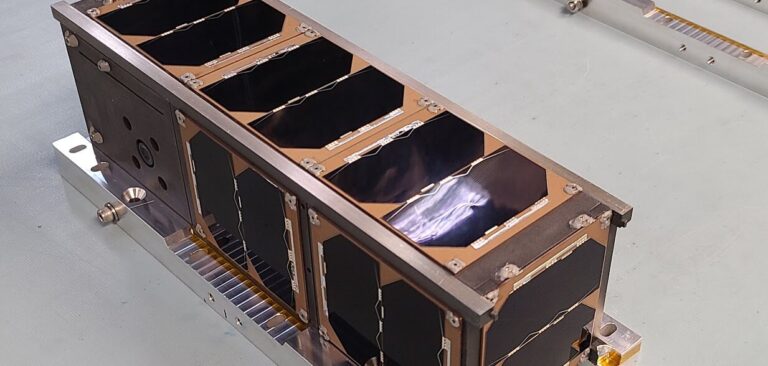US space agency NASA has announced a new round of opportunities for cubesat developers through its CubeSat Launch Initiative (CSLI).
With a renewed emphasis on education, the next round of NASA’s CSLI opportunities will provide access to low-Earth orbit for US educational institutions, nonprofits with an education or outreach component, and NASA centers and programs for workforce development. Developers can gain hands-on experience designing, building and operating the small research satellites.
Bradley Smith, director of launch services within the Space Operations Mission Directorate at NASA headquarters in Washington, said, “Small satellites such as cubesats play a valuable role in the agency’s educational, science and technology investigations, including planetary exploration, Earth observation and fundamental Earth and space science. They are a cornerstone in the development of cutting-edge NASA technologies, such as laser communications, satellite-to-satellite communications and autonomous movement.”
Applicants must submit proposals by November 18, 2022. NASA anticipates making selections by March 17, 2023, for flight opportunities in 2024-2027. Applicants will be responsible for funding the development of the small satellites.
Cubesats are part of a class of research spacecraft called nanosatellites. These small satellites are built to standard dimensions (units or ‘U’) of approximately 10 x 10 x 11cm.
To date, NASA has selected 211 cubesat missions, 148 of which have been launched into space, with more than 20 missions scheduled for launch within the next year.
CSLI is managed by NASA’s Launch Services Program, based at the agency’s Kennedy Space Center in Florida.



